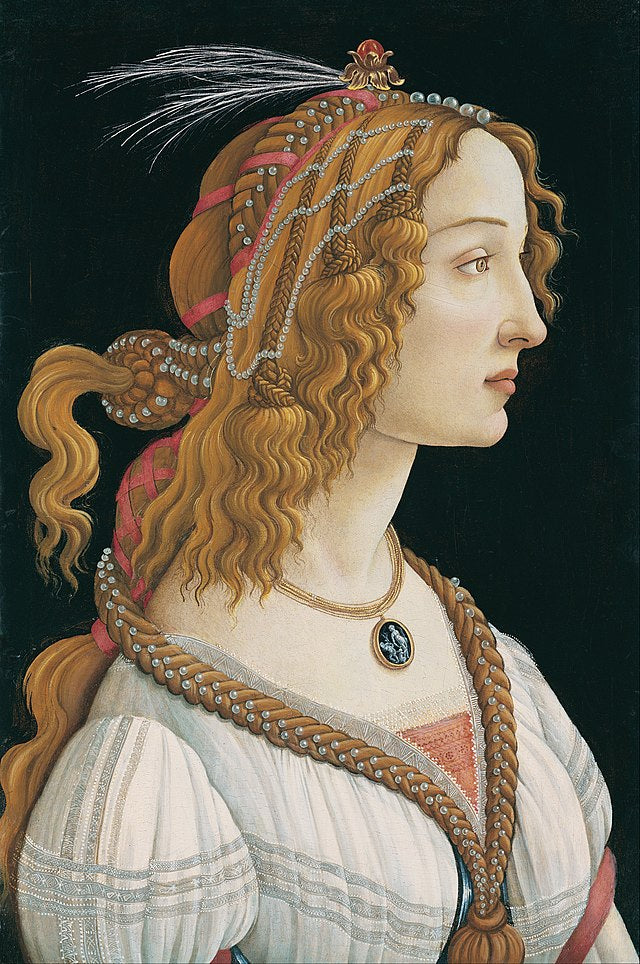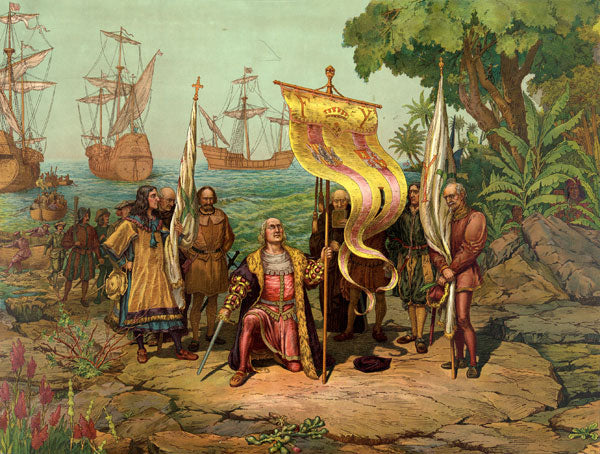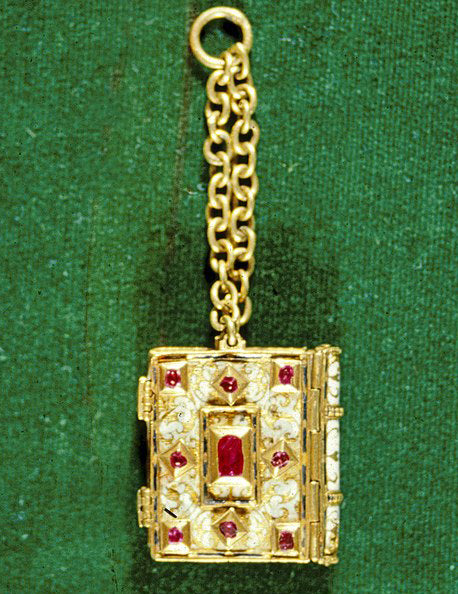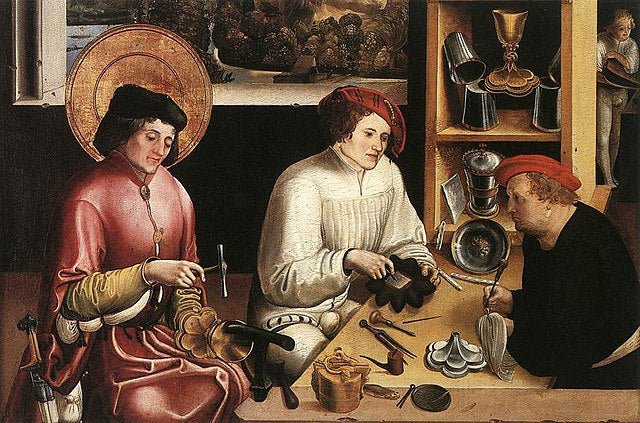
During the Renaissance period, Italy was a major center for jewelry production and innovation, with wealthy city-states such as Florence and Venice leading the way in new styles and techniques. These styles were spread through Europe through trade and travel, with the use of engraved designs and the circulation of new designs leading to a rapid international spread. Italian goldsmiths were known for their skill and craftsmanship, and the use of precious stones, pearls, enamel and intricate designs were common features of Italian Renaissance jewelry, which were also used in other luxury items such as liturgical objects and personal adornments. The Renaissance period also saw the emergence of new style of jewelry influenced by classical world, characterized by refined and elegant aesthetics and highly sought after by the wealthy and powerful.
Illustration on top: Sandro Botticelli - Idealized Portrait of a Lady (Portrait of Simonetta Vespucci as Nymph), 1480 - 1485, Städelsches Kunstinstitut, Frankfurt am Main.
Italy was a major center of jewelry production and innovation. The great Italian city-states, such as Florence and Venice, were extremely wealthy during the late 15th century, and their princely families were great patrons of art. This created a favorable atmosphere for goldsmiths and led to the development of new styles in jewelry.
These new styles were introduced to the rest of Europe through royal gifts and dowries, and by itinerant goldsmiths, whose numbers increased due to wars and religious persecution. The circulation of engraved designs, which could now be printed in large quantities for the first time, ensured a rapid international spread of the new designs. This had a significant impact on the development of jewelry in other parts of Europe and helped to establish Italy as a center of excellence in this field.
During this period, Italian goldsmiths were known for their skill and craftsmanship, and their jewelry was highly prized for its beauty and quality. The use of precious stones and pearls, as well as enamel and intricate designs, were common features of Italian Renaissance jewelry. These techniques were also used in the production of other luxury items such as liturgical objects and personal adornments.
Furthermore, the Renaissance period saw the emergence of a new style of jewelry that was influenced by the classical world. The jewelry was characterized by motifs and decorative elements that were inspired by ancient Greek and Roman art and architecture. This style was characterized by refined and elegant aesthetics and was highly sought after by the wealthy and powerful.
In conclusion, the Renaissance period was a significant period in the history of jewelry in Italy. The great wealth and patronage of the princely families, along with the spread of new styles through trade and travel, led to a flourishing of the goldsmithing industry and the development of new techniques and designs. The jewelry of this period was highly prized for its beauty, craftsmanship, and quality and continues to be admired today for its artistry and historical significance.






